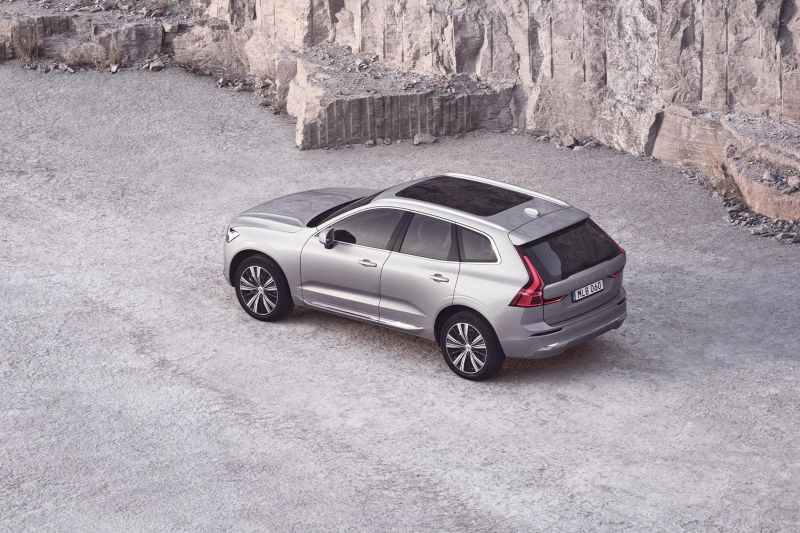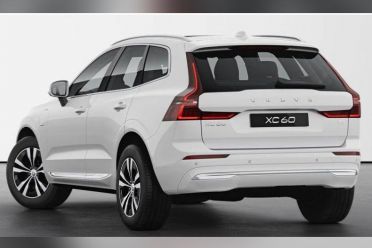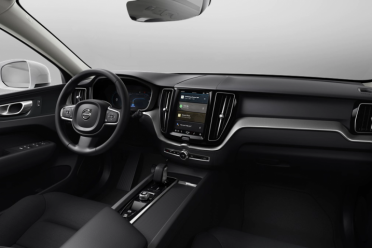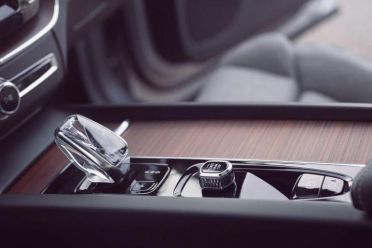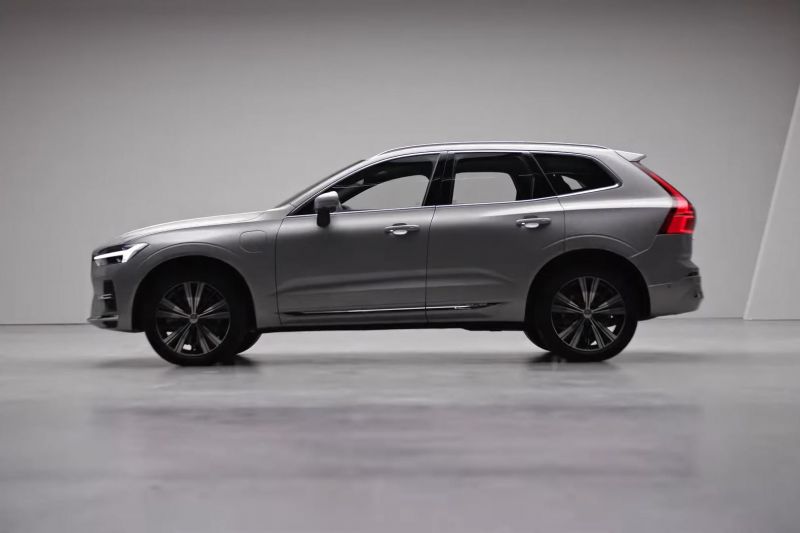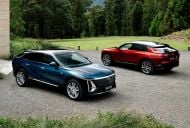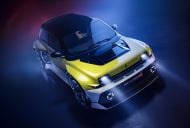Volvo’s second best-seller is about to get a Google-driven update.
The updated 2022 Volvo XC60 will be the third vehicle from the brand to use the new Android Automotive operating system.
The system update coincides with a mid-cycle facelift for Volvo’s mid-sized SUV that’ll also spell the end of the diesel D4 locally.
The freshened XC60 will arrive in the third quarter of this year.
All model year 2022 Volvos, which will start rolling out in July 2021, will feature pure electric, mild-hybrid or plug-in hybrid powertrains.
Just which electrified powertrains will be used in the Australian-market 2022 XC60 is yet to be confirmed.
Given Volvo’s switch to an electrified-only powertrain range, the plug-in hybrid XC60 T8 Polestar Engineered appears likely to continue atop the range.
Below it, Volvo has a range of 48V mild-hybrid powertrains with the B prefix and plug-in hybrid powertrains starting with T.
All use a turbocharged 2.0-litre four-cylinder petrol engine and an eight-speed automatic transmission.
The B4 produces 145kW of power and 300Nm of torque, while the B5 ups those outputs to 184kW and 350Nm and the B6 has 220kW and 420Nm.
The T8 Polestar Engineered, currently the only plug-in XC60 available in Australia, produces 246kW and 430Nm from its turbocharged and supercharged 2.0-litre four and features an 11.6kWh lithium-ion battery.
In Europe at least, it’ll be joined by slightly less powerful T6 and T8 versions of this powertrain.
Cosmetic tweaks include new bumpers front and rear, with greater differentiation between regular and R-Design and Polestar Engineered models.
The rear bumper on regular XC60 models is now body-coloured with a horizontal chrome strip, while the front bumper cutouts each have a horizontal, chrome strip.
R-Design models have larger front bumper cutouts with a more complex shape that’s mirrored on the rear bumper.
Inside, the interior looks mostly unchanged but for a wireless charging pad positioned prominently on the centre console.
The drive mode selector wheel has also been removed from the console.
New options include wool-blend upholstery and 22-inch alloy wheels.
The touchscreen remains a 9.0-inch, portrait-oriented one, though it switches to the Android Automotive operating system.
That means you can receive over-the-air updates, download apps from Google Play, navigate using Google Maps, and use “Hey Google” as a voice prompt.
The new system first appeared on the all-electric XC40 Recharge, due here in the second half of this year, and will also star in the C40 Recharge that’ll land locally next year.
The XC60 is an important model for Volvo in Australia.
Last year, it was the brand’s second best-seller with 2858 sales, just over three times as many sales as the larger XC90 (942) if behind the cheaper XC40 (3229).
That figure put it behind rivals like the Mercedes-Benz GLC wagon (4470), BMW X3 (4360) and Lexus NX (3518), though it was within striking distance of the Audi Q5 (2992).
It’ll have some stiff competition, though, with Audi recently introducing an updated Q5 and Lexus readying an all-new NX.





